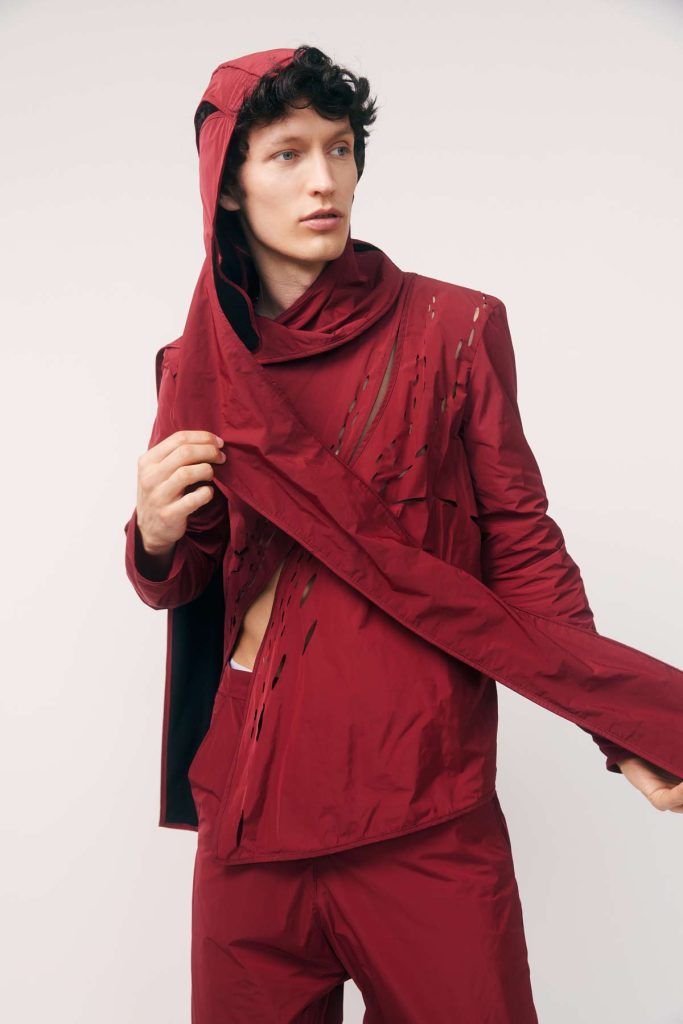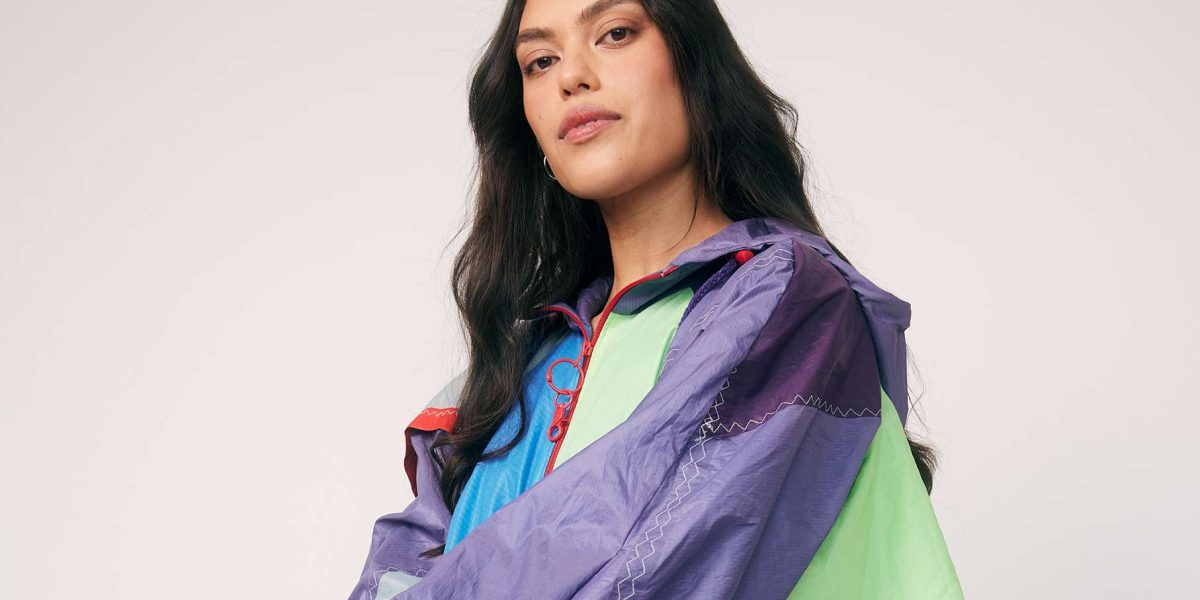Going Circular
New Zealand’s textile and fashion industry is an unsung hero of our economy. They collectively add $7.8 billion to the economy in 2023 which accounts for 1.9% of our GDP. Oh and the garments we make here look pretty good too. With the likes of allbirds we have some of the most highly praised sustainable brands on earth. But can we do better? That’s the question Mindful Fashion NZ asked when it started the Circular Design Awards 2024.
Contenders were given the task of recycling materials to keep them circulating and not ending up in a landfill. An astonishing amount of clothing goes to the tip every week, and it’s a recent and growing phenomenon over the last 20 years as clothing consumption has increased by 60% with items kept half as long. This is all fueled by a fast fashion throw away culture.
Jacinta FitzGerald, Mindful Fashion Chief Executive says, “Around the world, millions of tonnes of clothes are produced, worn, and thrown away each year, with more than 85% ending up in landfill.
“In Aotearoa New Zealand, approximately 74,000 tonnes of clothing are consumed each year. Auckland’s Redvale landfill alone receives 70 trucks of clothing waste each week. We need to focus on collective solutions to do better.”
Textiles used in this year’s garments include coffee sacks, waste from the film industry and sail cloth waste.

“The material has not been treated as a limitation, but rather as a starting point for innovation.”
“As our industry report Threads of Tomorrow found, moving towards circular systems has the potential to reduce emissions by one-third, and generate social, environmental and economic value for New Zealand, and the Circular Design Awards is an avenue to explore tangible ways to do this.
“There’s a very real opportunity to create value from the large volume of textile waste in the country. Inspiring local designers to creatively reimagine textile waste, and design sustainable products for consumers, can reduce emissions and decouple industry growth from finite resource use, and our finalists this year have done an outstanding job of meeting the brief.
Nine finalists are vying over a $50k prize pool. Pictured on the left is finalist Sue Prescott’s contemporary raincoat made from 95% locally sourced sail-cloth. Specifically it’s two racing spinnakers that have reached end of life as sails but are still waterproof and colourful enough to wear. The other piece is a menswear piece by Salma Ibrahim-Jerrywo using of post-digital additives and waste from the film industry. They used laser cutting and finishing techniques to give the garment longevity to match the lifespan of the material.
Hopefully initiatives like this continue to showcase kiwi ingenuity to inspire and innovate and one day have an outsized impact on the way we wear and consume fashion.

